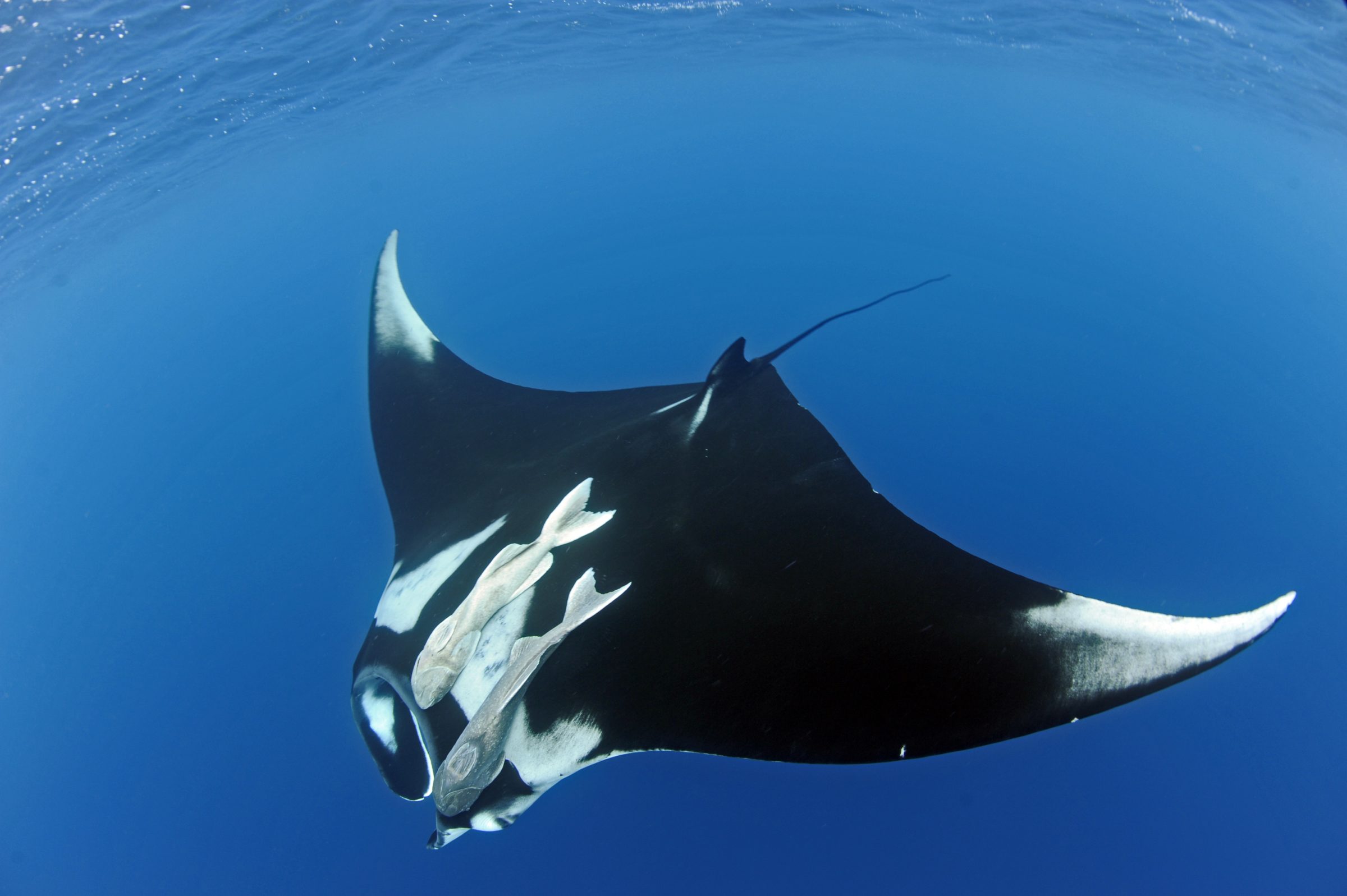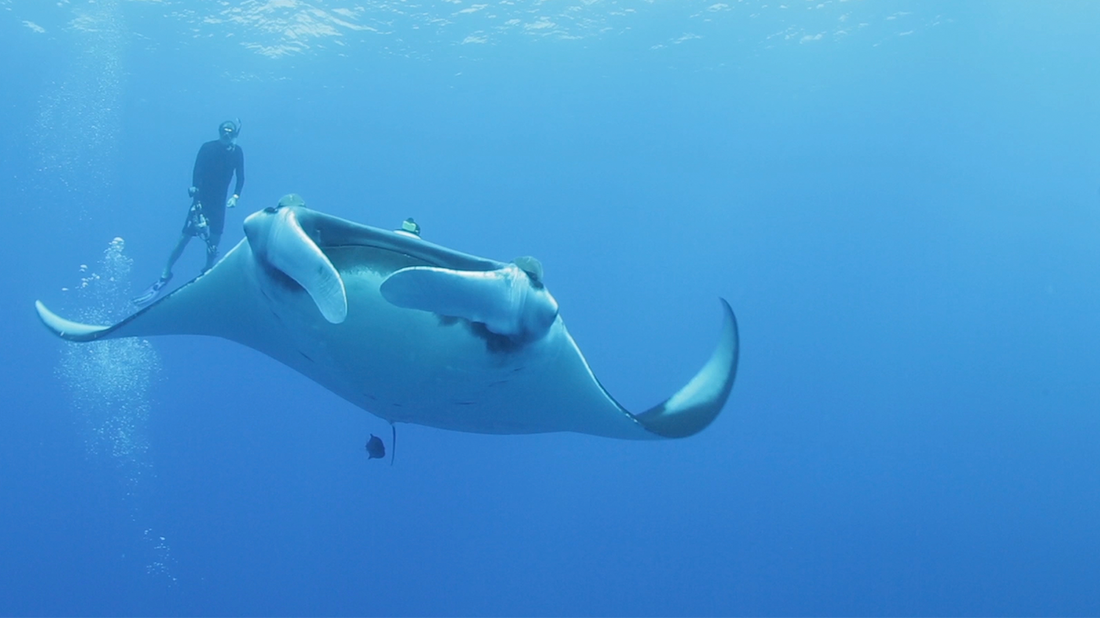
We provide photographic identification of ten M. Two additional individuals were recorded in the Yasawa Island Group in the west of Fiji while passing through and foraging in a channel between Drawaqa and Naviti Island in April and September 2020. Unique ventral identification patterns could be obtained for nine individuals, and all nine individuals have been re-sighted since first identification, with one individual being documented in 2018, 2020, 20. Subsequently, three more individuals were sighted in December 2018, two individuals in July 2020, at least six individuals were observed in November 2021, and eight individuals in May/June 2022, all foraging in the same geographical area. In November 2018, two individuals were sighted foraging in Laucala Bay, a large lagoon adjacent to Suva, the capital city of Fiji. Here, we present the first unequivocal evidence of oceanic manta ray ( Mobula birostris) occurrence in Fijian waters. Another reclassification of the genus Manta was undertaken in 2018 when both manta ray species ( Manta alfredi, Manta birostris) were moved to Mobula based on phylogenetic analysis. Subsequently, documented sightings were recorded as M. The study is published in Aquatic Conservation: Marine and Freshwater Ecosystems.Until the revision of the genus Manta in 2009, when a second manta species ( Manta alfredi) was resurrected based on morphological and meristic data, all available records in Fijian literature were recorded as Manta birostris. "These findings will encourage further research into oceanic manta rays, and Saudi Arabia has a real chance to model best practice in terms of sustainable tourism for marine wildlife." "This study highlights the untapped value of the Red Sea, not just to scientists, but to all the nations surrounding its coasts," says Berumen. The only other known nursery ground for oceanic manta rays is the Flower Garden Banks, a marine sanctuary in the Gulf of Mexico, where sightings of juvenile males were confirmed in a recent paper. The young rays were regularly spotted at Sharm El-Sheikh, suggesting that the area could be a nursery ground." "I identified 27 young males and estimate that a further 29 were juvenile females. "I noticed that many of the rays were really young-they were small, and I could see juvenile males with immature sexual organs," says Knochel. The ability of these animals to undertake long-distance movements over deep water means that multinational cooperation will be required to protect them effectively. Movements were recorded for 21 rays sighted in more than one location, including basin-spanning migrations from one side of the Red Sea to the other.

The team identified 267 individuals from 395 sightings in Egypt, Saudi Arabia, Sudan, Jordan and Israel, from 2004 to 2021.

"I spent weeks analyzing photographs to identify as many individuals as I could."Ĭredit: King Abdullah University of Science and Technology "Like whale sharks, manta rays have unique spot patterns on their bodies this, together with size estimates gleaned from photographs, meant that individuals could be identified," says Knochel. These online images doubled the amount of data for the project. They then reached out to members of the public who had posted photographs of rays taken in the Red Sea region on various social media platforms. They contacted Elke Bojanowski, a marine scientist and divemaster in Egypt, who granted access to her image archives. Knochel and colleagues began by collating images and details of sightings they had witnessed. I realized we could tap into social media for help."
Oceanic manta full#
"I wanted to learn more about the Red Sea manta population, but a full scientific survey would be challenging and expensive. "There are so many unknowns about these charismatic creatures," says Anna Knochel, a former Masters student at KAUST who led the project under the supervision of Michael Berumen.


 0 kommentar(er)
0 kommentar(er)
